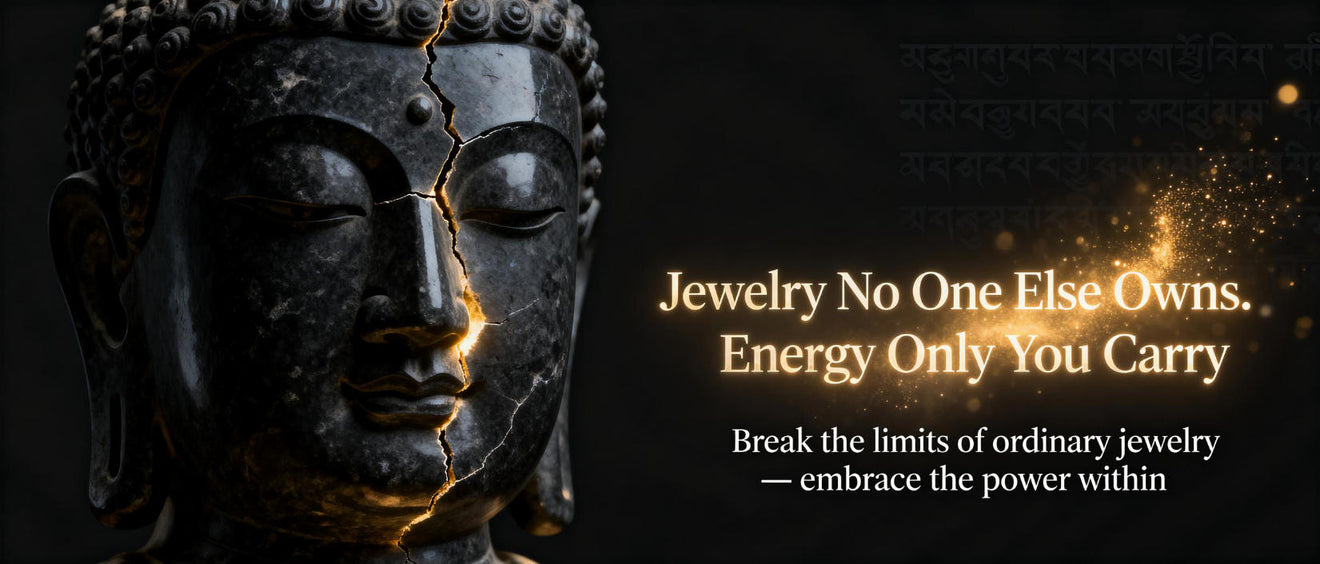
Amid the sophisticated tapestry of Tibetan Buddhism lie two compelling artifacts: the traditional thangka and bodhi prayer bead. Each, in its own unique way, serves as a conduit to spiritual enlightenment. The thangka, an elaborate depiction, features deities, cosmic designs, or scriptural scenes, supporting mindfulness exercises.
On the other hand, the bodhi bead, often crafted from rare crystals, planks, fruit stones, or bone, is a tangible reminder of Buddha's enlightenment under the bodhi tree. Touching the beads encourages spiritual concentration.
- Simultaneously, the thangka and the bodhi bead demonstrate the connection of beauty and piety. They offer a tangible link to the ancient wisdom of Tibetan Buddhism.
Tales Whispered by Camel Bone
Over ancient epochs, ancient treasures whisper tales involving a world long departed. These are not precious objects in forgotten empires, but straightforward camel bones sculpted with inscriptions that hold the arcana of a bygone epoch. Every fragment whispers the echo arising from a life lived, a journey undertaken, and a connection to the ancestral wisdom of which encompasses us all.
- Those
- Elements
- Function as
Exploring the Mystical World of Thangka Art
Tangkas are luminous paintings on canvas, meticulously crafted by Tibetan artists to depict divine figures and scenes from Buddhist scriptures. Each detail within a thangka is laden with importance, forming a complex tapestry of visual narratives that guide the viewer on a spiritual journey. The tints used in thangkas are not merely aesthetic choices but carry powerful connotations, exemplifying different aspects of the Buddhist doctrine. From the majestic figures to the intricate decorations, thangkas offer a outlook into the rich world of Tibetan Buddhism, inviting us to meditate upon its understanding.
- Authentic thangka art often depicts key Buddhist figures such as Buddha Shakyamuni, Bodhisattvas like Avalokiteshvara and Manjushri, and enlightened beings from various sects of Tibetan Buddhism.
- Inside these representations lies a wealth of wisdom that can be decoded by those who investigate the symbolic language of thangkas.
Bodhisattva's Path to Enlightenment: Embodied in Beads and Bone
Upon the winding path to illumination, the Buddha embraced emblems imbued with profound value. These bead and fragment held within them the substance of his instruction, demonstrating glimpses into the weave of reality. Alongside their design, the Buddha conveyed profound verities that overcome the realm of earthly perception.
From specific sacred beads, crafted from valuable materials, dispersed vibrations that harmonized with the vibrant currents within. The remains of a existence, meticulously transformed into talismans, served as tangible symbols of the impermanence innate to all realities.
Thangkas: Windows into Himalayan Spirituality
Thangkas brilliant paintings on cloth serve as strong representations of Himalayan spirituality. These intricate works of art, meticulously created with delicate brushstrokes, depict a vast array upon Buddhist deities, mandalas, and scenes from time-honored scriptures. Each thangka is a profound portal for meditation and contemplation, offering knowledge into the subtle teachings of Buddhism.
- They are often used in ritual ceremonies during
- evoking states of spiritual clarity.
- Thangkas function as not merely decorative treasures but rather windows into the rich and intriguing world of Himalayan spiritual traditions.
Discover the Depth of Bodhi Beads: A Path to Mindfulness and Compassion
Each orb on a bodhi bead mala whispers tales of ancient wisdom, guiding us on a expedition through the tranquil waters of mindfulness. As we grasp these intricately manufactured beads, our fingers trace the contours of single one, anchoring our consideration in the present moment. The gentle weight of the beads against our palms serves as a tangible reminder to respire, fostering a sense of calm.
- At each bead that passes between our fingers, we enhance compassion, extending it first to ourselves and then outward to the world.
- Spiritual doctrines teaches us that mindfulness is a skill that requires patience and devotion.
Employing the rhythmic repetition of mantra or simply the mindful tracking of the beads, we disengage from the relentless chatter of the mind.
The practice involving bodhi beads is a subtle invitation to revive our connection with ourselves and the world around us.
Manifesting Intent: Building Camel Bone Bracelets for Sacred Development
Will serves as a dynamic impulse in our lives, shaping our experiences and guiding us towards our ultimate purpose. When we combine this intention with the time-honored techniques of crafting a camel bone bracelet, we create a potent synergy that can boost our spiritual growth.Camel bone carries profound symbolism, representing sturdiness. Its natural beauty and rustic charm serve as a constant reminder of the inherent power within each of us.In the process of handpicking each bone, embed spiritual goals. With every knot or join, we entwine our hopes, dreams, and aspirations for spiritual evolution. This act of creation becomes a contemplative exercise, connecting us with our inner wisdom and guiding us on a quest for enlightenment.- Draw inspiration from the bone’s inherent patterns.
- Sense the spiritual currents channeling within your crafting.
Exploring Camel Bone as a Buddhist Symbol
In the rich tapestry embedded in Buddhist tradition, artifacts often hold profound symbolic meaning. Across these varied objects, camel bone stands out as a singular and gripping element. Within history, this material has been adopted in the crafting during various Buddhist implements, each imbued with specific meanings.
- Perceived as a symbol of resilience and strength due to the camel's ability to persist in harsh environments, camel bone often reflects spiritual fortitude.
- Coupled with, the color and texture relative to camel bone are believed on some to hold auspicious connotations, manifesting purity and serenity.
Wherefore, camel bone has become a meaningful part of Buddhist folklore, serving as a tangible relation to the profound teachings transmitted through this ancient faith.
Thangka Paintings: A Tapestry of Divine Stories
Within the ethereal realm of Tibetan Buddhism, Thangka paintings emerge as sacred portals to enlightenment. These exquisite works, meticulously crafted by skilled artists known as thangkapa, depict a myriad in an array of vibrant deities, celestial beings, and mythical creatures. Each brushstroke infuses profound spiritual significance, narrating ancient tales and philosophical dogmas.
- Displaying a vast compendium of Buddhist iconography, Thangkas serve as both devotional objects and instructional tools. Pious practitioners gaze upon these paintings during rituals and meditations, seeking to pursue spiritual wisdom.
- Elegantly fashioned with intricate details incorporating a spectrum of vibrant hues, Thangkas are considered windows into the divine. Any painting acts as a symbolic representation of the Bodhisattva's teachings and the path to liberation.
By the use of their dominant imagery and symbolism, Thangka paintings offer a glimpse into the rich spiritual traditions of Tibet. They are a testament to the enduring excellence of Tibetan art and its profound ability to illuminate.
Embracing the Duality: Thangkas and the Cycle of Life and Death
Thangkas, these colorful embroidered scrolls native to Tibet, provide an insightful exploration into the fleeting nature of life. Each intricate rendering depicts deities and beings engaged in the developing path of life and death, a concert of birth, growth, impermanence, and renewal. The artists skillfully intertwine these concepts within the thangka's territory, highlighting the cohesion of all things. Through vivid imagery, they invite us to consider on our own experience. The cycle continues, a pattern of coming and going, reinforcing the preciousness of each moment. By embracing this duality, thangkas teach us to acknowledge the beauty in both life's joys and sorrows.Threads of Devotion: The Significance of Bracelets in Buddhist Practice
In the intricate tapestry of Buddhist practice, seemingly unassuming objects often hold profound meaning. Among these are bracelets, which serve as tangible representations of devotion and commitment to the way of Buddha. Worn on the wrist, a bracelet works as a constant reminder of one's aspirations and aims. It can indicate the impermanence of life, inducing practitioners to remain balanced in the present yoga life moment. Some bracelets may harbor sacred glyphs, such as mantras or the names of Buddhas, which are viewed to generate positive energy and defense. Others frequently are made from ingredients with spiritual significance, like sandalwood or lotus seeds, boosting the bracelet's energy. Ultimately, the significance of a Buddhist bracelet extends far beyond its physical form. It becomes a powerful tool for contemplation, a reminder to live in harmony with the teachings of Buddha, and a embodiment of one's unwavering allegiance.